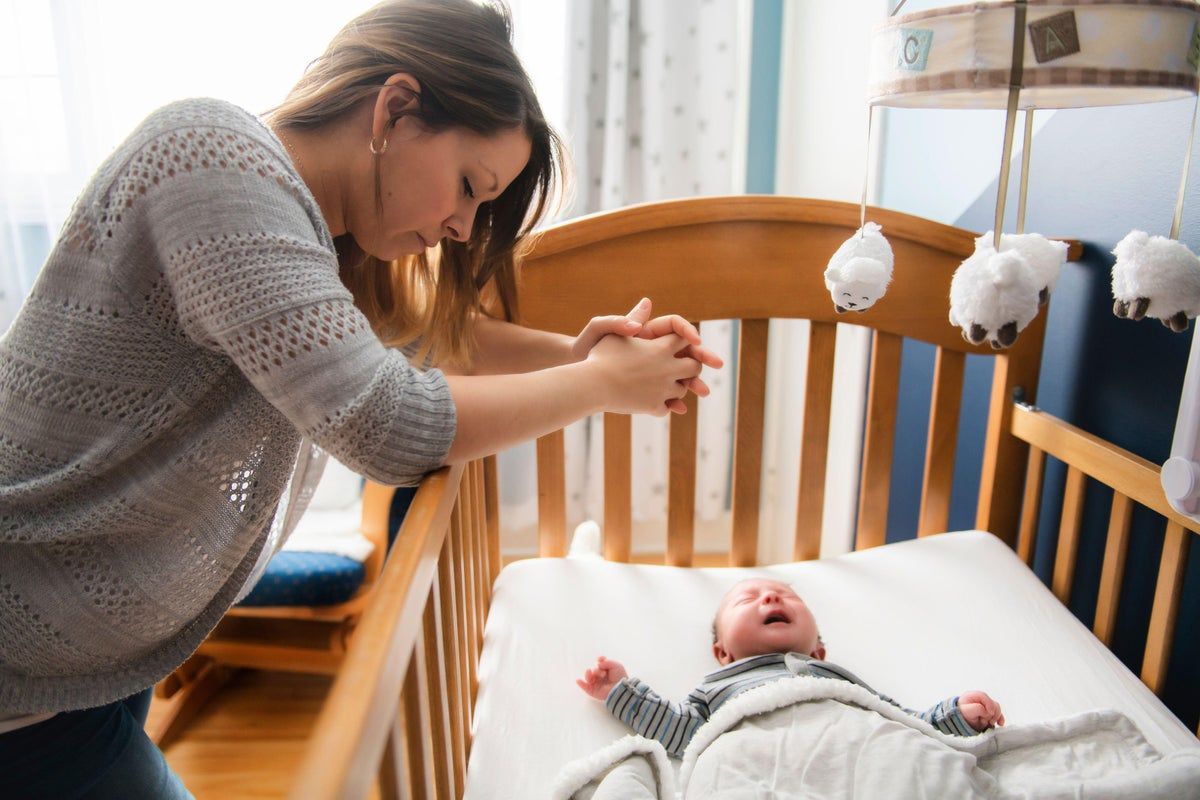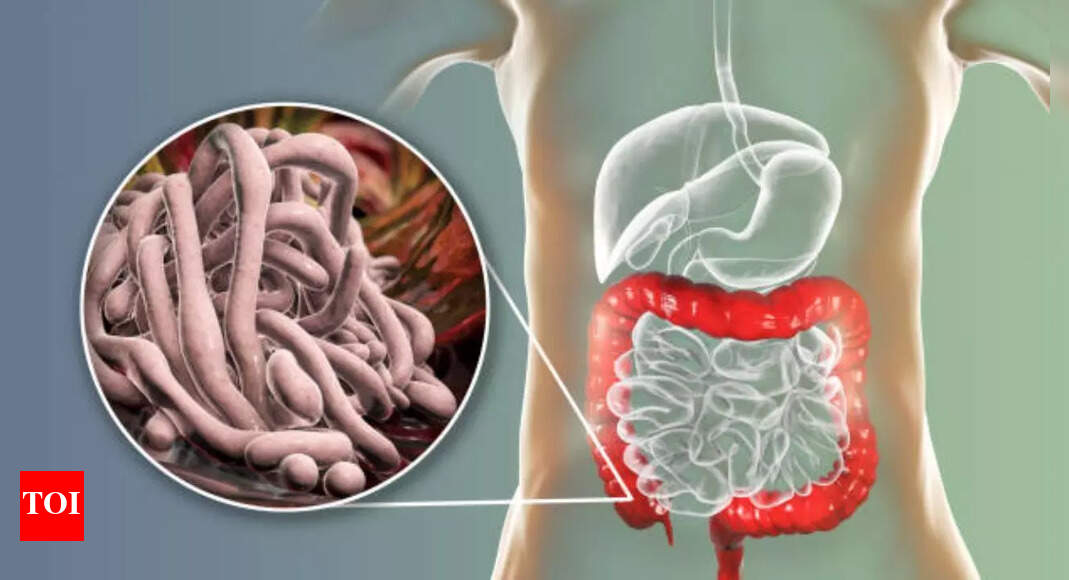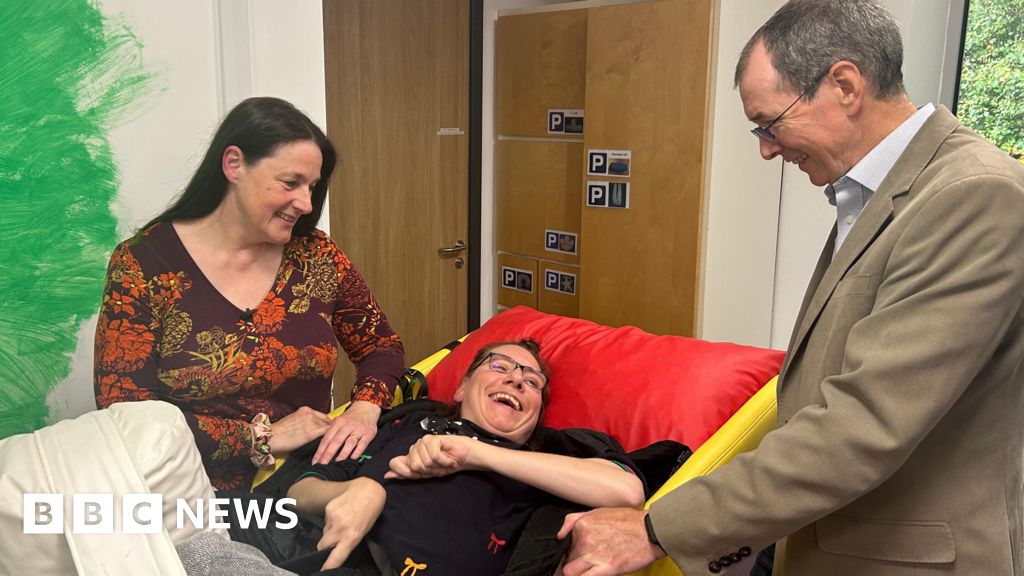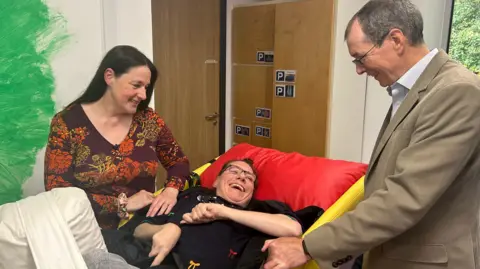- How singing can benefit mothers with postnatal depression inkl
- Healing power of choirs may extend to postnatal depression The Times
- ‘It gave me my voice back’: How group singing is helping new mums with postnatal depression BBC
- The simple…
Category: 6. Health
-

How singing can benefit mothers with postnatal depression – inkl
-

Intestinal Parasites Symptoms: Do you have intestinal parasites? Gastroenterologist shares common symptoms to be aware of |
Parasites in the intestines. Sounds alarming right? If a gastroenterologist’s words are to go by then it is. According to Dr Joseph Salhab, a gastroenterologist with a following of 1.5M on Instagram, you could be…
Continue Reading
-

Supposed Viking ship turned out to be a 15th-century vessel
A shipwreck resting about 20 miles south of Stockholm, known as “Wreck 5,” has a new identity. It was long filed under “Viking,” but fresh fieldwork shows it is a late medieval vessel built with flush planking, a style that changed how…
Continue Reading
-

Mucoactives Found to Have Little Benefit for Bronchiectasis
A new study has found that neither hypertonic saline nor carbocisteine significantly reduced the mean incidence of pulmonary exacerbations in people with
bronchiectasis over 52 weeks.1“Some current guidelines recommend mucoactive drugs plus…
Continue Reading
-

Tiny Sensors Rapidly Detect ‘Forever Chemicals’ in Water
BYLINE: Sarah C.P. Williams
Newswise — They linger in our water, our blood and the environment—so-called “forever chemicals” that are notoriously difficult to detect.
But researchers at the University of Chicago Pritzker…
Continue Reading
-

Poopular Science: AI toilets get to the bottom of your gut health
Your morning poop can be a window into your well-being — if you know what to look for. Thanks to technology, that closer look can now be automated. From AI-powered apps analysing stool colour, shape, and consistency to detect potential…
Continue Reading
-

The Protein Swap That May Help with Weight Loss
- Men who swapped beans for meat lost weight without cutting calories, a study found.
- Replacing red meat with legumes also lowered LDL cholesterol in just six weeks.
- Easy swaps like bean tacos or mixed burgers can improve health without overhauling…
Continue Reading
-

Boost for younger patients using Electronic Frailty Index
Julie-Anne BarnesBBC Scotland and
Ian HamiltonBBC Scotland
 BBC
BBCClaire Dempsey has cerebral palsy and her father Chris believes use of the frailty index might have helped her sooner Researchers at a Scottish university have discovered a measure used…
Continue Reading
-

Scientists make concerning new discovery about hazard lurking in air around us: ‘Significant toxicological effects’
Microplastics can cause more damage to your airways based on their shape, according to a study published in the Environment International journal.
What happened?
Scientists examined how two different microplastic shapes affect lung tissue. They…
Continue Reading
